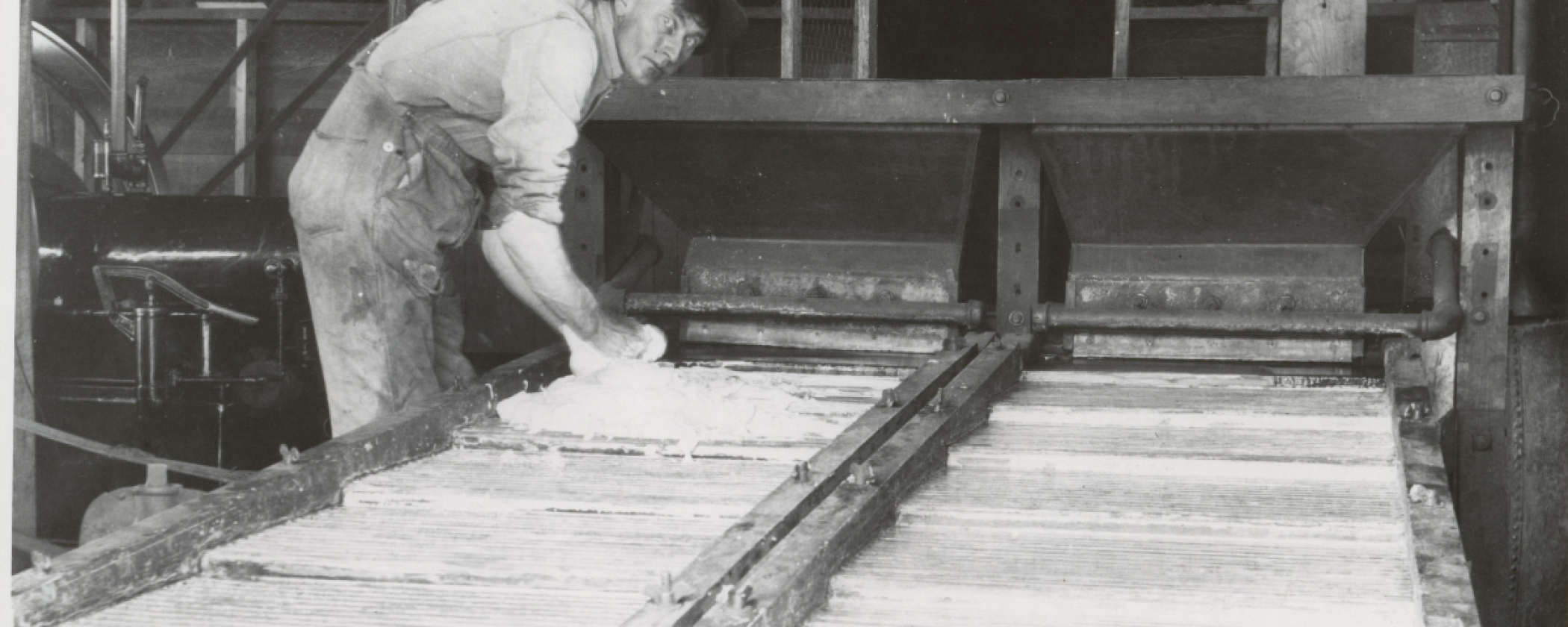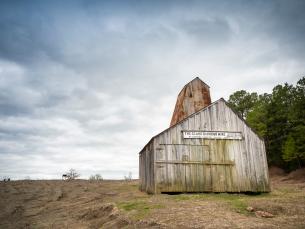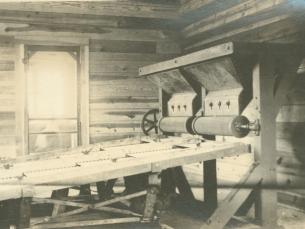
A History of How Science is Ever Changing
By: Tayler MarkhamGreetings from Crater of Diamonds State Park! Guests often have questions about what brought the diamonds to the surface. Was it kimberlite or lamproite? The material that brought the diamonds to the surface at the park has been given lots of names throughout the years. In science, nothing is set in stone. It must be open to change, depending on the discovery of new evidence. Let’s take a step back in time to look at the evidence of why the identified source rock has changed.
In the mid to late 1800s, geologists reported finding intrusive igneous rocks in southwest Arkansas that could be diamond-bearing. It was not until after the first diamond was found that geologists named the diamond-bearing material as peridotite. At the time, all diamond-bearing material was known as either kimberlite or peridotite. It was not until the 1970s, after the discovery of the Argyle pipes in Australia, that researchers realized that diamonds were present in a rock that was neither kimberlite nor peridotite.
Crater of Diamonds State Park became an official state park in the spring of 1973. By 1979, the park added improvements, for example the “Kimberlite Cafe.” Everyone thought the diamond-bearing material at the park was kimberlite, until two women, B.H. Scott Smith and E.M.W Skinner, looked at the rocks and minerals at the park. They published a paper, “A New Look at Prairie Creek, Arkansas,” in 1977 about how we should change the diamond-bearing source rock to lamproite
Geologists and scientists accepted the new source change based on the fact that it more accurately describes this unique area. Both kimberlite and lamproites contain large amounts of olivine, however, they have different chemical structures and contain different minerals. Kimberlite is a silica poor and magnesium rich rock formed in volcanic pipes with no lava flows. Lamproite is rich in potassium and magnesium that formed in volcanic pipes with lava flows. The shape of the volcanic pipe also provided more evidence that the source rock was indeed lamproite. The volcanic pipe that brought diamonds to the park was a funnel-shaped pipe. Kimberlite volcanic pipes are known to be more narrow, similar to how a carrot looks, while lamproite volcanic pipes tend to wider like a funnel
We hope you’re open to finding your own discoveries at Crater of Diamonds State Park! For more information, visit www.CraterofDiamondsStatePark.com, call 870-285-3113, or email CraterofDiamonds@arkansas.com.


